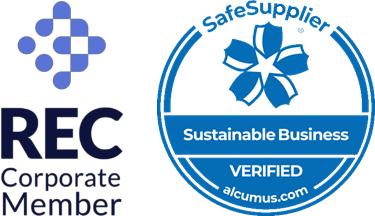The Battle for Talent
.png)
I recently asked engineers on LinkedIn: If you had to pick just one challenge to tackle first, where would you start?
The overwhelming answer? Aging infrastructure and safety.
It’s the bridges, tunnels, highways, and parking garages that are long past their intended lifespan. Engineers across the country are feeling the pressure of holding these systems together while also being expected to deliver new construction. As timelines get tighter and maintenance needs grow, the strain is becoming harder to manage.
But while these physical challenges are visible and urgent, there’s another issue running quietly in the background. One that doesn’t get as much attention: the talent crunch.
This week, I spoke with several engineers who told me they’re being contacted by numerous recruiters at once—sometimes five or six times a week. (I always say, persistence over resistance, but it's hard to make discrepancy fit into the rhyme! ?) A few are actively exploring roles. Most aren’t. But nearly all of them said the same thing:
"It's hard to know who to trust or if the role is even real."
This isn’t about engineers being closed off to new opportunities. Even those who are happy in their current roles often want to stay informed about what’s out there. The issue isn’t interest—it’s how that interest is being approached.
So I asked a follow-up question: When a recruiter reaches out for the first time, what actually works for you?
Here’s what stood out most:
-
Be upfront. Share the salary range, project types, team size, and the long-term growth path.
-
Don’t cold-call. Engineers are working. A message first goes a lot further.
-
Get to the point. If it’s a façade restoration role in Brooklyn, just say that. No fluff.
At the heart of all this is a simple idea: respect. Respect for someone’s experience. Respect for their time. Respect for their career path. And yes, respect for our own time too, as recruiters.
When we approach people with honesty and clarity, the dynamic changes. The “transaction” of recruiting becomes something more meaningful. I’ve built lasting relationships with engineers I first connected with years ago, and I’ve watched many of them go on to lead teams, win major projects, and shape the built environment around us. I’ve seen the physical impact of these connections in the structures they’ve helped bring to life.
Fixing our country’s infrastructure issues will take time, planning, and investment. But it can also start with something small. A better conversation. A real connection.
Because sometimes, the first step toward rebuilding what’s broken isn’t concrete or steel—it’s trust.






